Articles > Geography
Think you know the Poland Largest Cities? Here are the 25 largest and some facts about each.
Warsaw
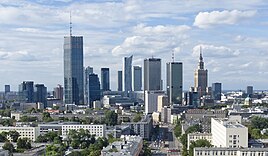
Population: 1,861,599
Warsaw, the capital of Poland, is a vibrant metropolis rich in history and culture. After being almost completely destroyed during World War II, the city was meticulously rebuilt and now features a blend of modern skyscrapers and historic architecture, such as the Royal Castle and the Old Town, which is a UNESCO World Heritage site. Warsaw is also known for its lively arts scene, with numerous theaters, galleries, and music festivals throughout the year. The Vistula Boulevards along the river offer stunning views and recreational activities.
Interesting Fact:
The Warsaw Uprising Museum commemorates the heroic but tragic uprising against Nazi occupation in 1944.
Kraków
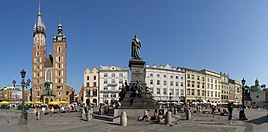
Population: 806,201
Kraków is one of Poland’s oldest and most beautiful cities, known for its well-preserved medieval core and vibrant cultural life. The city’s historic center, a UNESCO World Heritage site, features the magnificent Wawel Castle, the bustling Main Market Square, and St. Mary’s Basilica, famous for its wooden altar. Kraków is also a hub for education and the arts, hosting numerous festivals and events, including the renowned Jewish Culture Festival.
Interesting Fact:
The legendary Wawel Dragon is a symbol of Kraków and can be found at the foot of Wawel Hill, where a statue breathes fire!
Wrocław
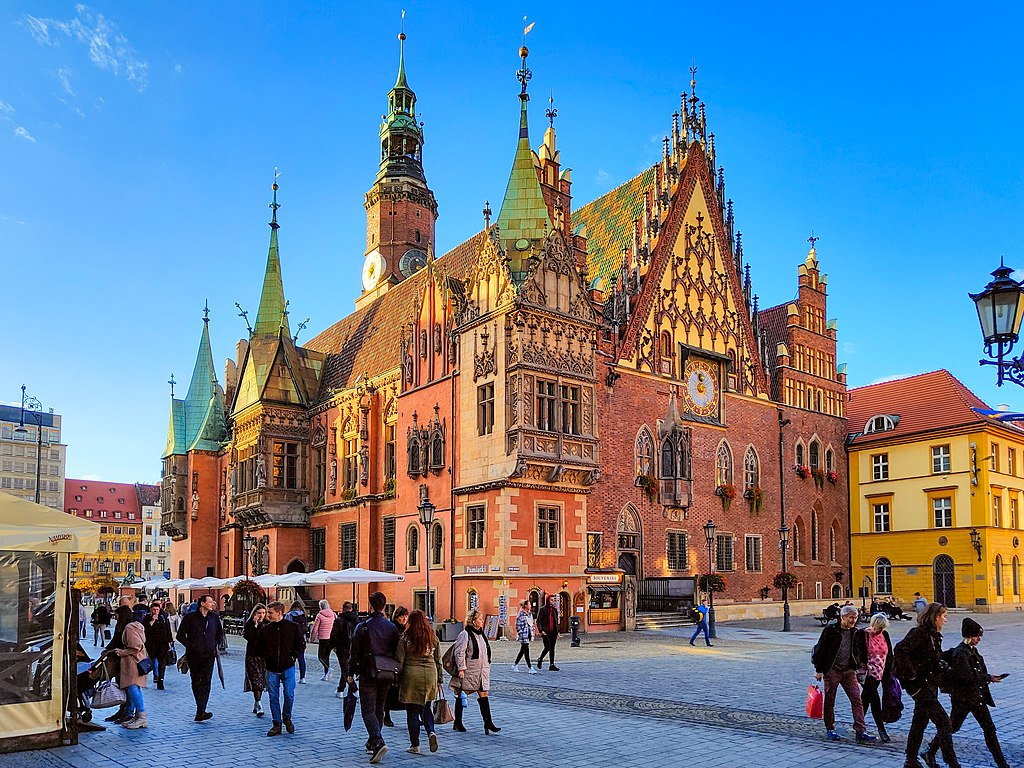
Population: 673,743
Wrocław, known for its picturesque waterways and numerous bridges, is the capital of Lower Silesia. The city boasts a rich history, with a stunning market square and the Gothic-style Wrocław Cathedral on Ostrów Tumski island. Wrocław is also famous for its unique dwarfs scattered throughout the city, which have become a beloved symbol of the city. As a vibrant cultural center, it hosts various events, including the Wrocław NonStop festival and the annual Jazz on the Odra festival.
Interesting Fact:
Wrocław was named the European Capital of Culture in 2016, celebrating its diverse heritage and cultural contributions.
Łódź
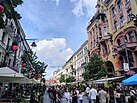
Population: 652,015
Łódź is known as Poland’s textile industry hub and has undergone significant revitalization in recent years. The city is famous for its unique post-industrial architecture and vibrant street art scene, particularly along Piotrkowska Street, one of the longest commercial streets in Europe. Visitors can explore the Manufaktura, a former factory complex transformed into a cultural and shopping center, and learn about the city’s history at the Museum of the City of Łódź.
Interesting Fact:
Łódź hosts the International Film Festival, celebrating the city’s strong ties to cinema and filmmaking.
Poznań
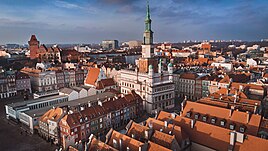
Population: 538,439
Poznań is one of Poland’s oldest and most significant cities, known for its Renaissance-style architecture and vibrant cultural scene. The city’s Old Market Square is famous for its colorful townhouses and the iconic Poznań Croissants. Poznań is also a major educational center, home to numerous universities and a thriving startup ecosystem. The city hosts various festivals, including the Malta Festival, which celebrates theater, music, and arts.
Interesting Fact:
Poznań is known for its goats that appear at noon on the Town Hall, a tradition that draws crowds and has become a city symbol.
Gdańsk
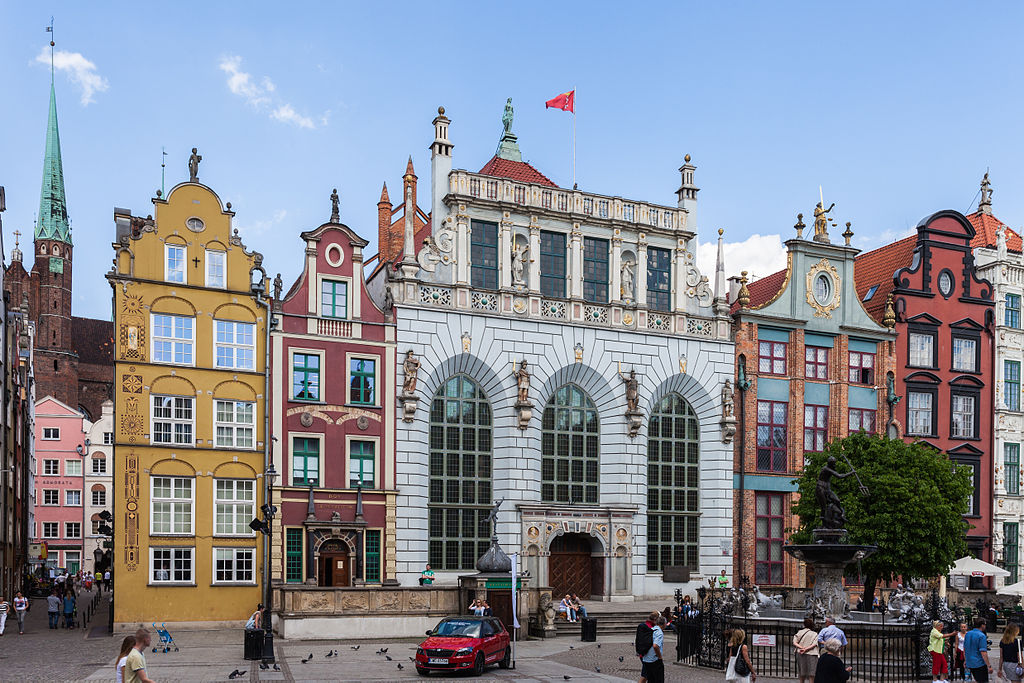
Population: 487,371
Gdańsk is a stunning port city on the Baltic Sea, known for its beautiful waterfront and historic architecture. The city’s Old Town features colorful facades and the impressive St. Mary’s Church, one of the largest brick churches in the world. Gdańsk has a rich maritime history and is the birthplace of the Solidarity movement, which played a crucial role in the fall of communism in Poland. The city’s cultural life is vibrant, with numerous events and festivals, including the St. Dominic’s Fair.
Interesting Fact:
The Gdańsk Crane is a symbol of the city and was once the largest medieval port crane in Europe.
Szczecin
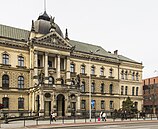
Population: 389,066
Szczecin is a historic port city located in northwestern Poland, known for its unique mix of Gothic and modern architecture. The city is surrounded by beautiful parks and waterways, making it an ideal destination for nature lovers. Szczecin is home to several cultural institutions, including the Szczecin Philharmonic and the National Museum. The city’s rich maritime history can be explored at the Szczecin Maritime Museum.
Interesting Fact:
Szczecin is famous for its annual Tall Ships Race, attracting sailing enthusiasts and tourists from around the world.
Lublin
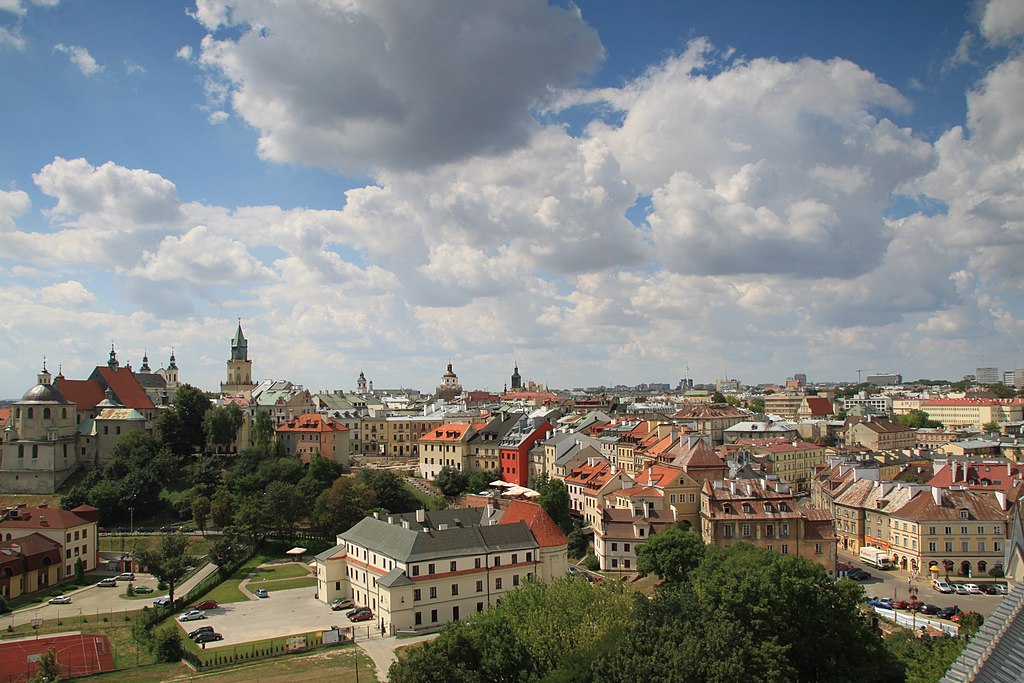
Population: 329,565
Lublin is a historic city in eastern Poland known for its rich cultural heritage and beautiful architecture. The Old Town features a mix of Gothic, Renaissance, and Baroque buildings, including the stunning Lublin Castle. The city is also an important educational center, home to several universities. Lublin hosts various cultural events, including the Carnaval Sztukmistrzów, which celebrates Jewish culture and heritage.
Interesting Fact:
Lublin is known for its unique multicultural history, with influences from Polish, Jewish, and Ukrainian cultures.
Bydgoszcz

Population: 326,434
Bydgoszcz is a picturesque city known for its beautiful waterways and rich history. The city features charming canals, the stunning Opera Nova, and the iconic Bydgoszcz Cathedral. Bydgoszcz is also recognized for its cultural institutions and hosts various events, including the Bydgoszcz Opera Festival. The city is surrounded by lush green parks, making it a perfect destination for outdoor activities.
Interesting Fact:
Bydgoszcz is famous for the “Venice of Bydgoszcz,” a picturesque area along the Brda River lined with colorful buildings and scenic canals.
Białystok
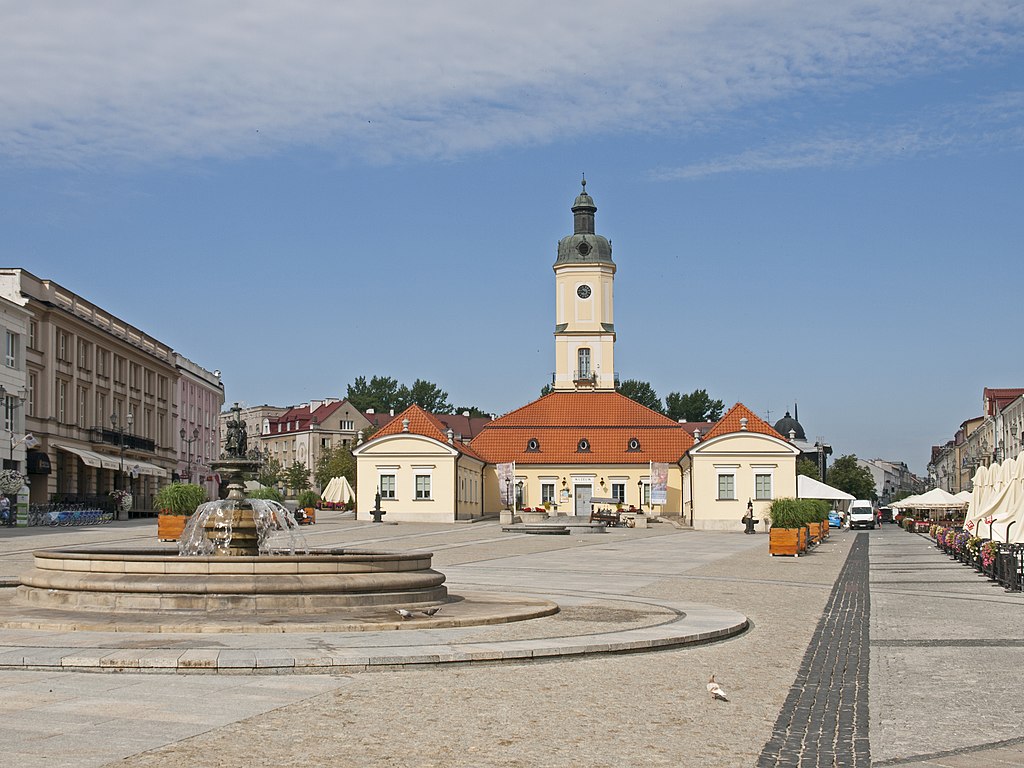
Population: 291,688
Białystok is the largest city in northeastern Poland, known for its green spaces and multicultural heritage. The city features several parks and gardens, including the Branicki Palace and the beautiful Planty Park. Białystok is also a center for education and culture, hosting the Białystok Philharmonic and various festivals throughout the year. The city’s vibrant atmosphere is a reflection of its diverse communities.
Interesting Fact:
Białystok is famous for the Białystok Cathedral, a stunning example of Baroque architecture and a symbol of the city’s religious heritage.
Katowice

Population: 279,190
Katowice is an industrial city known for its rich history in coal mining and heavy industry. The city has undergone significant transformation and now features modern architecture, cultural institutions like the Silesian Museum, and vibrant nightlife. Katowice is also recognized for hosting various events, including the OFF Festival and the Intel Extreme Masters esports tournament, highlighting its growing cultural scene.
Interesting Fact:
Katowice is home to the Spodek, a unique spaceship-shaped arena that hosts concerts, sports events, and cultural performances.
Gdynia
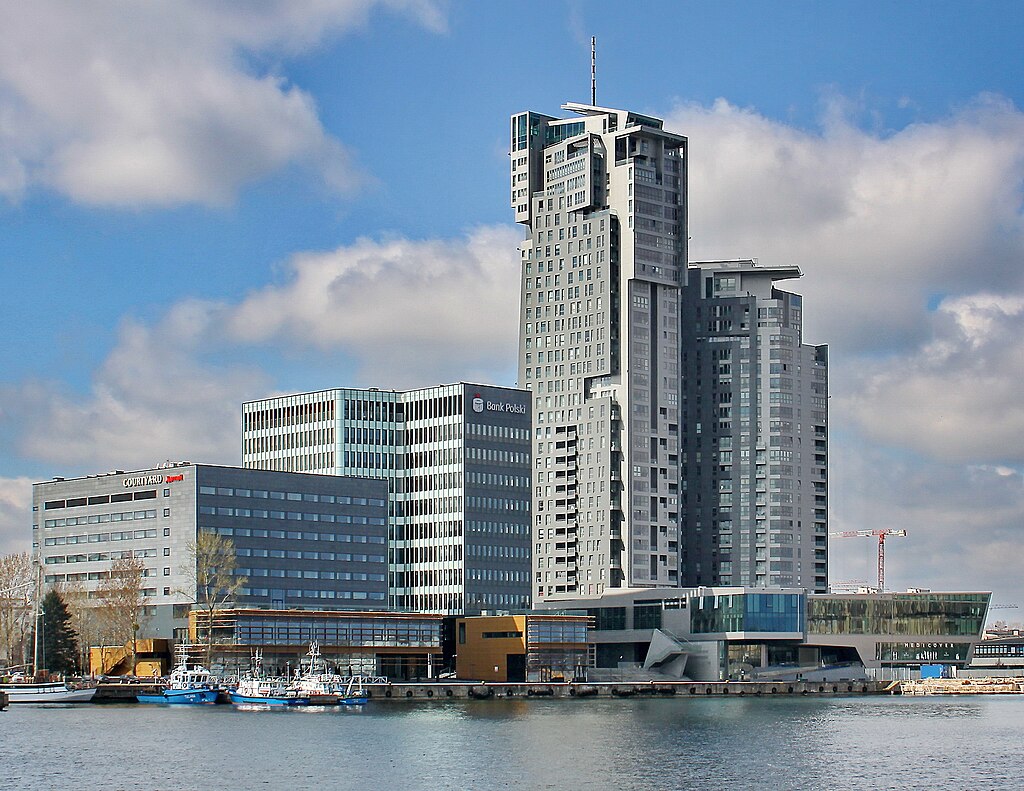
Population: 241,189
Gdynia is a modern city located on the Baltic Sea, known for its vibrant waterfront and beautiful beaches. The city features a lively marina, stunning parks, and a thriving cultural scene, including the annual Open’er Festival, one of Poland’s largest music events. Gdynia is also recognized for its modernist architecture and is part of the Tri-City metropolitan area along with Gdańsk and Sopot.
Interesting Fact:
Gdynia is celebrated as a UNESCO Creative City of Music, reflecting its strong musical heritage and cultural vibrancy.
Częstochowa
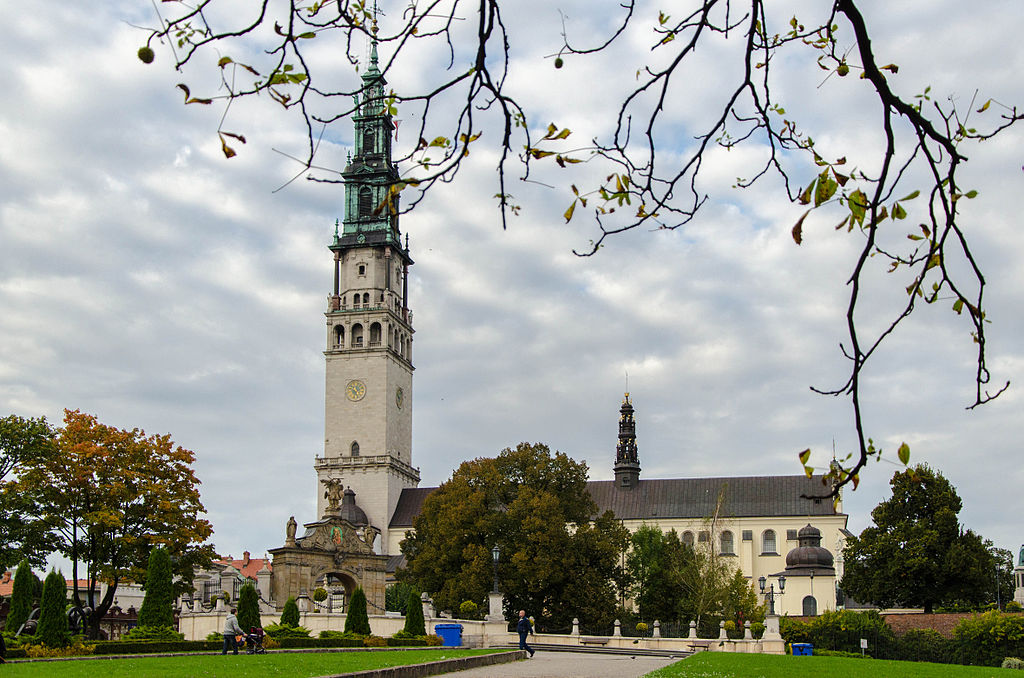
Population: 205,969
Częstochowa is known for its religious significance and is home to the famous Jasna Góra Monastery, which houses the revered Black Madonna painting. The city attracts millions of pilgrims each year and is also recognized for its rich cultural heritage, including numerous museums and festivals celebrating its history and traditions. Częstochowa is surrounded by beautiful landscapes, including the scenic Jura Krakowsko-Częstochowska.
Interesting Fact:
Częstochowa is considered the spiritual capital of Poland, making it a significant pilgrimage destination for Catholics.
Rzeszów
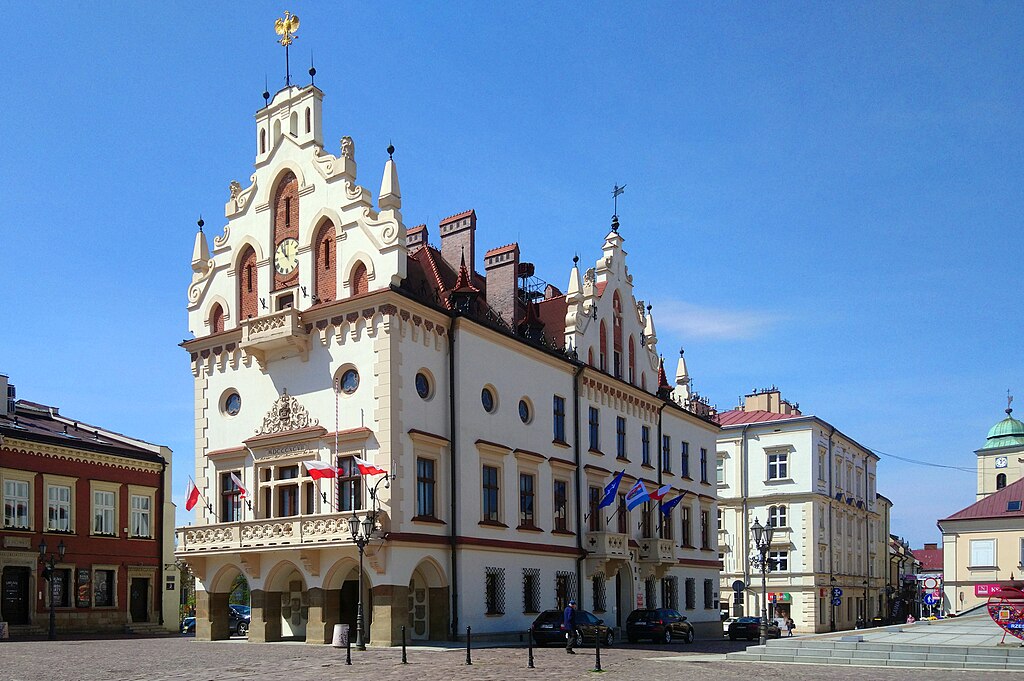
Population: 197,268
Rzeszów is the capital of the Podkarpackie Voivodeship and is known for its dynamic growth and vibrant cultural life. The city features a charming old town with historical buildings, parks, and a lively market square. Rzeszów is also an important educational center, home to several universities and research institutions. The city’s cultural scene includes various festivals and events celebrating music, arts, and local traditions.
Interesting Fact:
Rzeszów is famous for its underground tourist routes, which showcase the city’s history and unique architecture.
Radom
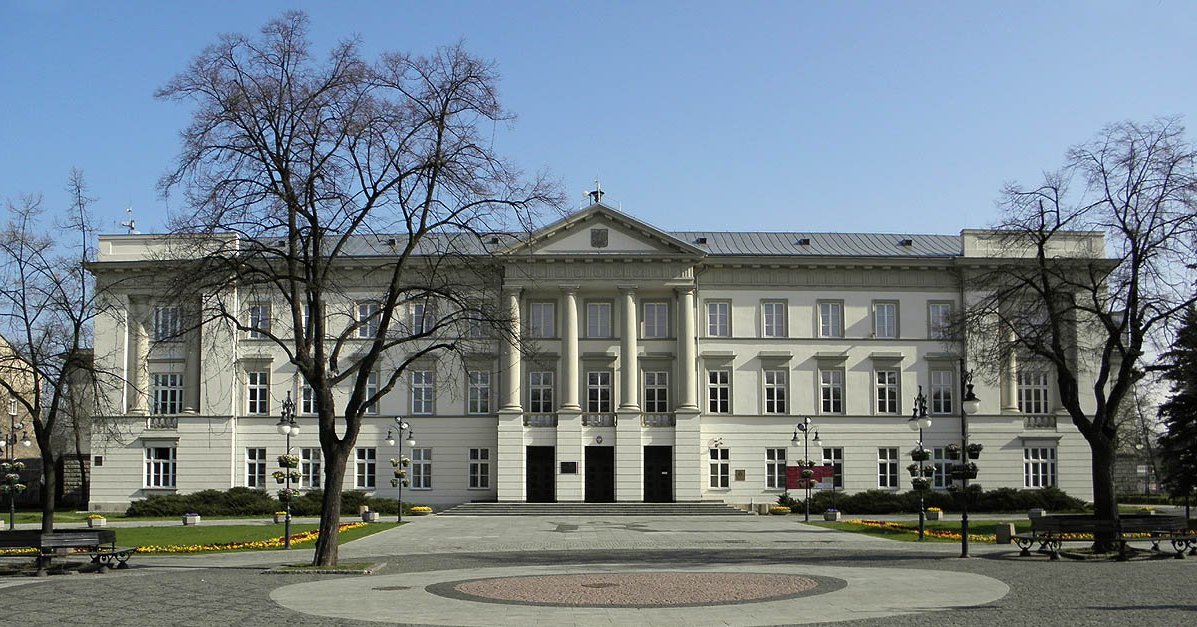
Population: 196,005
Radom is a city known for its rich history and cultural heritage. The city features several historical landmarks, including the impressive Bernardine Monastery and the Radom Cathedral. Radom is also recognized for its annual events, such as the Radom Air Show, which attracts aviation enthusiasts. The city is surrounded by picturesque countryside, offering opportunities for outdoor activities and exploration.
Interesting Fact:
Radom is famous for its ceramics, with a long tradition of pottery and craftsmanship that continues to this day.
Toruń
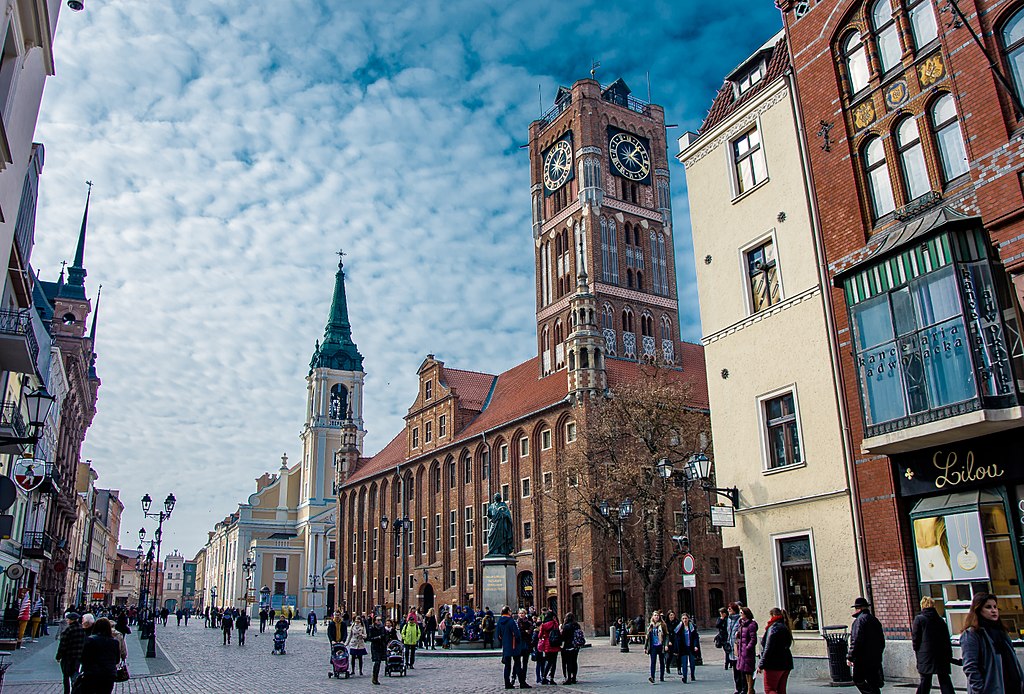
Population: 194,771
Toruń is a historic city on the Vistula River, known for its medieval architecture and as the birthplace of the famous astronomer Nicolaus Copernicus. The city features a well-preserved old town, a UNESCO World Heritage site, with beautiful Gothic buildings, including the Toruń Cathedral and the Leaning Tower. Toruń is also famous for its gingerbread, with a long tradition of baking that continues today.
Interesting Fact:
Toruń’s gingerbread is so famous that it has become a symbol of the city, with many shops offering workshops for visitors.
Sosnowiec

Population: 187,115
Sosnowiec is an industrial city located in Silesia, known for its coal mining history. The city features several parks and green spaces, including the beautiful Park Sielecki, making it an ideal destination for outdoor activities. Sosnowiec has a rich cultural scene, with various theaters, galleries, and festivals celebrating local talent and traditions.
Interesting Fact:
Sosnowiec is known for its vibrant street art, with numerous murals and installations that enhance the city’s urban landscape.
Kielce
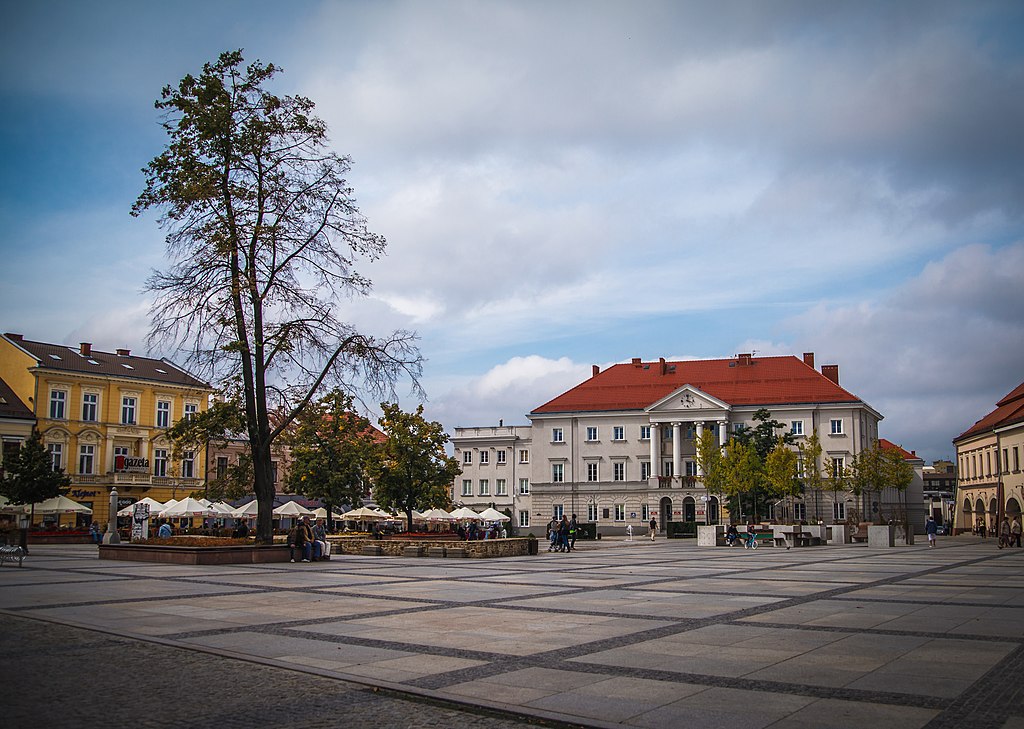
Population: 182,295
Kielce is a city located in south-central Poland, known for its beautiful natural surroundings and historical significance. The city features several parks and green spaces, including the stunning Kadzielnia Nature Reserve. Kielce is also home to various cultural institutions and events, such as the Kielce Cultural Festival, showcasing the city’s artistic talent and traditions.
Interesting Fact:
Kielce is known for the unique “Kielce Stone,” a type of sandstone that has been used in construction for centuries.
Gliwice
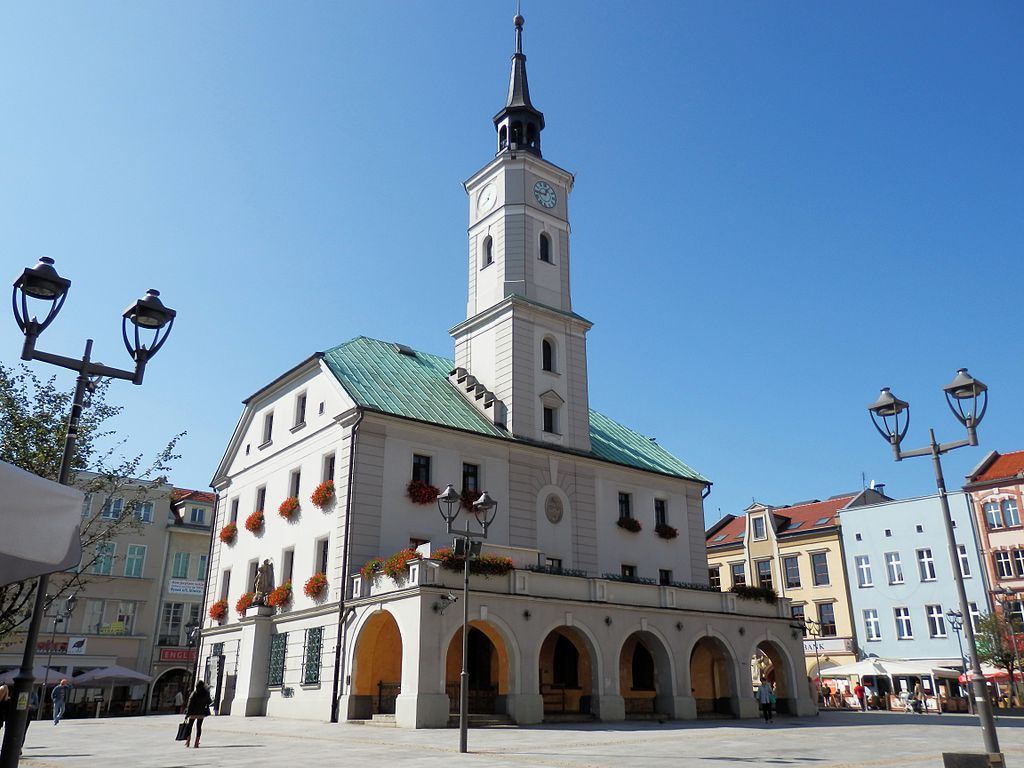
Population: 169,915
Gliwice is a city in Upper Silesia, known for its rich industrial heritage and beautiful architecture. The city features the iconic Gliwice Radio Tower, one of the tallest wooden structures in Europe. Gliwice is also home to various cultural institutions, including theaters and museums, making it a vibrant cultural center in the region.
Interesting Fact:
Gliwice was the site of the Gleiwitz incident, which served as a pretext for the Nazi invasion of Poland in 1939.
Olsztyn
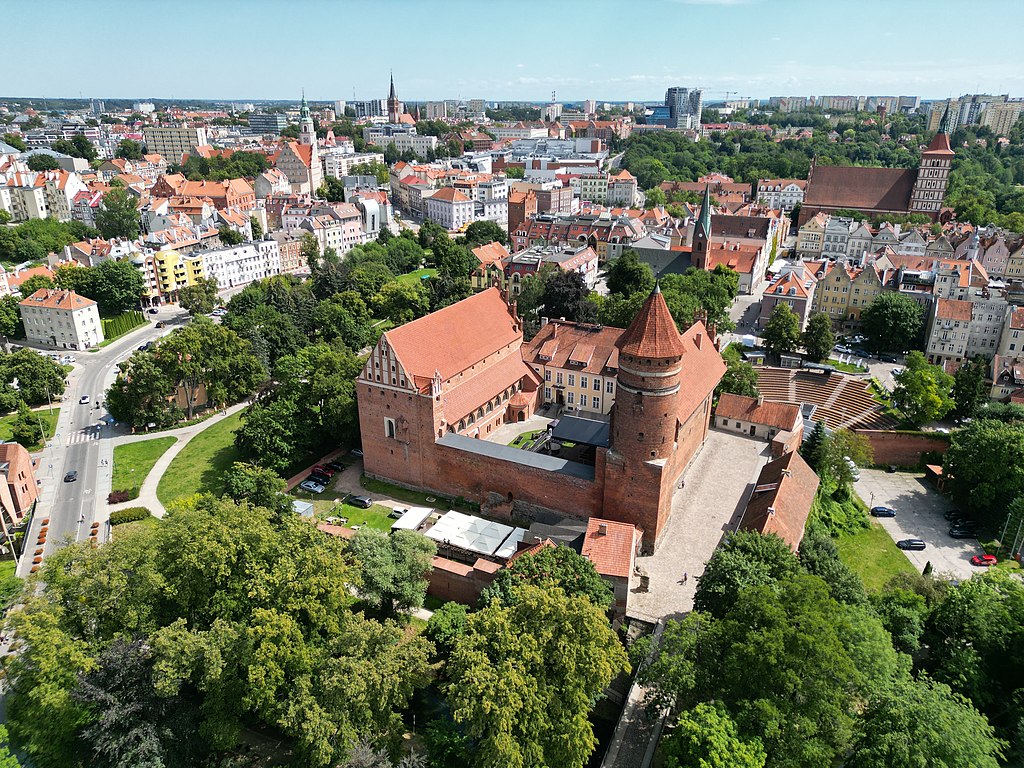
Population: 167,311
Olsztyn, the capital of Warmia-Masuria, is known for its beautiful lakes and natural landscapes. The city features several parks and gardens, including the scenic Olsztyn Castle, which houses a museum showcasing the region’s history. Olsztyn is also a vibrant cultural center, hosting various festivals and events throughout the year, including the Olsztyn Castle Cultural Summer.
Interesting Fact:
Olsztyn is famous for its numerous lakes, making it a popular destination for water sports and outdoor activities.
Bielsko-Biała

Population: 165,766
Bielsko-Biała is a picturesque city located at the foot of the Beskid Mountains, known for its stunning natural surroundings and rich cultural heritage. The city features beautiful architecture, including the historic Bielsko-Biała Castle and numerous parks. Bielsko-Biała is also recognized for its thriving arts scene, hosting various cultural events, including the Bielsko-Biała Music Festival.
Interesting Fact:
Bielsko-Biała is known for its unique blend of Polish and Czech cultures, reflected in its architecture, traditions, and culinary delights.
Zabrze
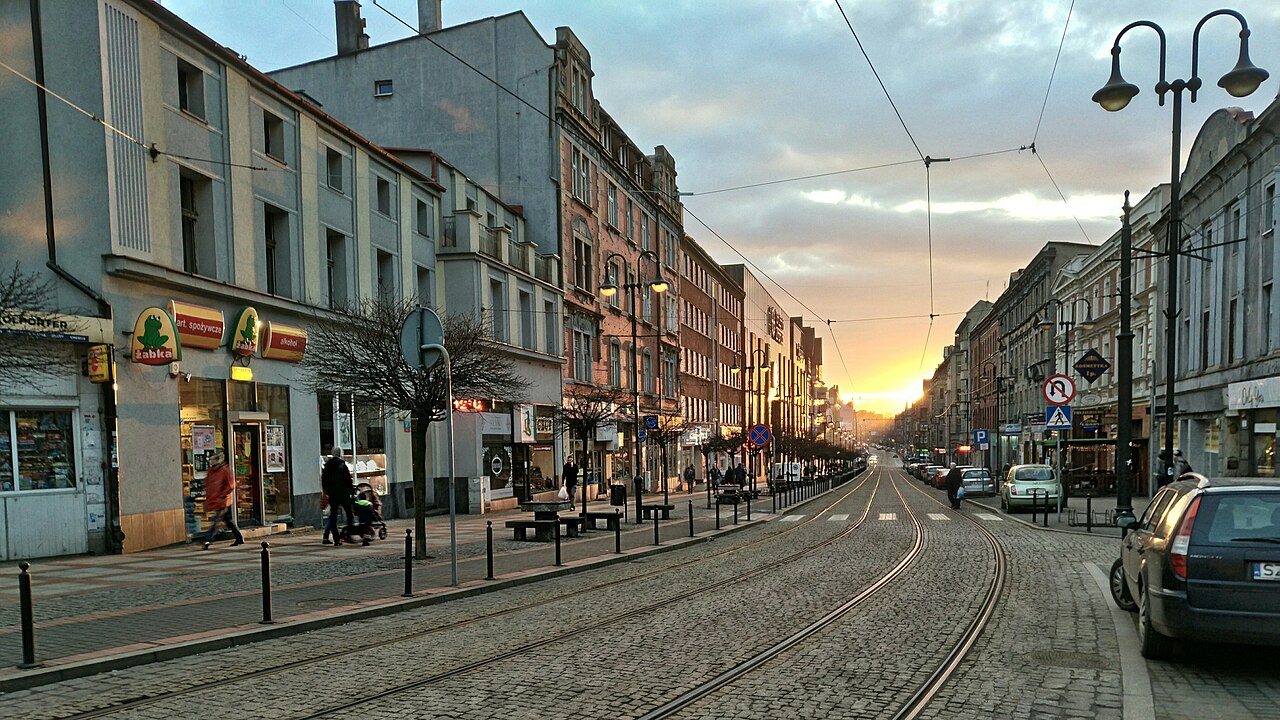
Population: 153,838
Zabrze is an industrial city located in Upper Silesia, known for its coal mining history. The city features several parks and green spaces, including the scenic Zabrze Forest, making it an ideal destination for outdoor activities. Zabrze is also home to various cultural institutions and events, celebrating the region’s rich industrial heritage.
Interesting Fact:
Zabrze is home to the Guido Mine, a historic coal mine that has been transformed into a museum and tourist attraction.
Bytom

Population: 147,759
Bytom is a city in Upper Silesia, known for its industrial history and cultural heritage. The city features beautiful parks and historical landmarks, including the impressive Bytom Cathedral and the Silesian Museum. Bytom is also recognized for its vibrant arts scene, with various theaters and galleries celebrating local talent and creativity.
Interesting Fact:
Bytom is famous for its music festivals, attracting artists and audiences from around the world.
Zielona Góra

Population: 138,932
Zielona Góra is a city in western Poland, known for its wine production and lush vineyards. The city hosts the annual Wine Festival, celebrating its viticultural heritage. Zielona Góra also features beautiful parks, historic architecture, and cultural institutions, making it a charming destination for visitors.
Interesting Fact:
Zielona Góra is home to the famous “Palm House,” which showcases a variety of exotic plants and is a popular spot for relaxation and education.
Rybnik

Population: 130,887
Rybnik is a city located in Upper Silesia, known for its coal mining history and natural beauty. The city features several parks and green spaces, including the picturesque Rybnik Reservoir, a popular spot for recreational activities. Rybnik is also recognized for its cultural events, including music festivals and art exhibitions.
Interesting Fact:
Rybnik is home to the annual Rybnik Music Festival, attracting local and international artists.




